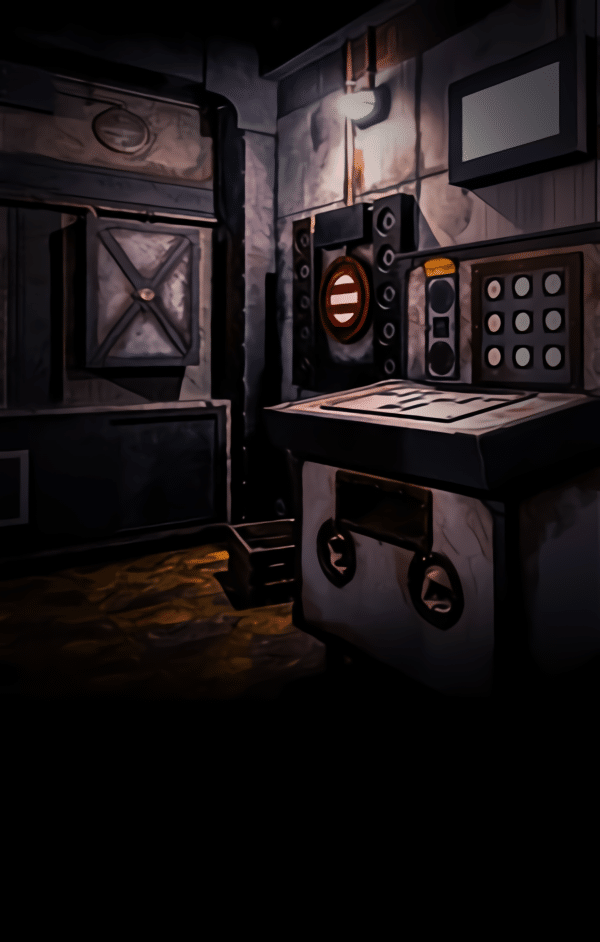What is the Average Success Rate for Completing an Escape Room New York?
Introduction: The Thrill of Escape Rooms
Escape rooms have become one of the most popular forms of entertainment in New York and across the world. These immersive puzzle-solving adventures have captivated players of all ages and skill levels. Whether you’re seeking an adrenaline rush, team-building experience, or just a fun activity with friends, an escape room is an exciting challenge. However, one question that often comes up when people are planning to take on an escape room is: what is the average success rate for completing an escape room in New York?
In this article, we will explore the success rates of escape rooms in New York, specifically focusing on Mission Escape Games, one of the city’s leading escape room providers. We’ll look at factors that influence success rates, the common challenges players face, and how you can increase your chances of escaping the room within the allotted time.
See: Escape Room New York
Understanding Escape Room Success Rates
What is a Success Rate?
The success rate of an escape room is typically defined as the percentage of groups that complete the game within the allotted time. Most escape rooms give players an hour or 90 minutes to solve a series of puzzles, find clues, and ultimately “escape” from a locked room. If the group solves the final puzzle and exits the room before time runs out, they are considered to have succeeded.
Success rates can vary between different escape rooms and locations, depending on factors such as the difficulty of the game, the design of the puzzles, and the experience level of the participants. The difficulty of the room is often indicated by the success rate; harder rooms generally have lower success rates, while easier rooms tend to see a higher percentage of teams completing the challenge.
Mission Escape Games: Success Rates in New York
Mission Escape Games is one of New York’s most popular and highly-rated escape room providers. The company offers a wide range of themed rooms, each with varying levels of difficulty. Mission Escape Games is known for its immersive experiences, intricate puzzles, and challenging escape scenarios.
The Success Rates of Mission Escape Games
While the exact success rate at Mission Escape Games can fluctuate based on the room chosen, the average success rate for their escape rooms tends to hover around 30-40%. This success rate is typical for most escape rooms, as many puzzles are designed to challenge even the most experienced participants.
Factors That Affect Success Rates at Mission Escape Games
-
Difficulty Level of the Room: Mission Escape Games offers a variety of rooms with different difficulty levels. For example, their Prison Break room might have a lower success rate than their The Clock Tower room due to the complexity of the puzzles and the time-sensitive nature of the game. Rooms that are considered “hard” often have success rates as low as 10-20%, while more moderate rooms may see higher success rates of 40-50%.
-
Team Dynamics: Escape rooms are designed to test teamwork, communication, and problem-solving abilities. A team that works well together will have a better chance of escaping successfully. Groups that struggle with communication or have members who prefer to work independently might face more challenges, affecting their overall success rate.
-
Experience Level: People who are experienced escape room players may have a higher chance of success, as they are familiar with the types of puzzles, common strategies, and the overall flow of the game. In contrast, beginners may take more time to understand the rules and puzzles, lowering their chances of completing the room.
-
Group Size: The number of players in the room can also impact the success rate. Smaller groups, while able to move quickly, might find it harder to solve complex puzzles. On the other hand, larger groups have more minds to help solve puzzles, but they may also run into problems with coordination and communication, which can negatively affect their chances.
The Challenge of Completing Escape Rooms
Escape rooms are designed to be challenging, and many players find themselves struggling to make it out in time. With puzzles ranging from simple logic challenges to complex riddles and physical tasks, escape rooms offer a diverse range of experiences that cater to different skill sets.
Some of the most common challenges faced by players that impact their success rate include:
-
Limited Time: Most escape rooms operate on a strict time limit of 60 minutes or less. With puzzles that require critical thinking and collaboration, time can slip away quickly. This is one of the main reasons many teams fail to escape in time.
-
Overcoming Complex Puzzles: Escape rooms often include puzzles that require a mix of skills, including logic, pattern recognition, and lateral thinking. The more complex the puzzles are, the harder it becomes to solve them quickly, which is why harder rooms tend to have lower success rates.
-
Failure to Communicate Effectively: Communication is key in escape rooms. Teams must share clues, ideas, and solutions efficiently to succeed. Poor communication can result in repeated mistakes, missed clues, and ultimately, failure to escape.
-
Not Using the Hints Wisely: Escape rooms often offer hints or guidance from the game master if teams are struggling. While some players might feel hesitant to ask for help, not using the hints at the right time can significantly lower the chances of success.
How to Improve Your Chances of Success in an Escape Room
If you’re planning to take on an escape room in New York, whether at Mission Escape Games or another venue, there are several strategies you can use to increase your chances of completing the game successfully. Here are some tips:
1. Work as a Team
Collaboration is essential. Make sure everyone in the group communicates openly and shares their findings and thoughts. Often, a solution requires different perspectives, so working together is key.
2. Divide and Conquer
Split up and tackle different puzzles at the same time. Some rooms are large enough to have multiple puzzles running simultaneously, so this approach can help speed things up.
3. Stay Organized
Keep track of clues and puzzles you’ve solved. It’s easy to get overwhelmed with multiple puzzles on the go, so organization can help you stay on track and avoid repeating tasks.
4. Don’t Be Afraid to Ask for Hints
If you’re stuck, ask for a hint. Most escape rooms offer limited hints, so use them wisely. They’re there to help you, and using them at the right moment can save precious time.
Conclusion: Success Rates and the Thrill of the Challenge
Escape rooms are designed to challenge participants, and their success rates reflect that. On average, most teams complete their escape room within the time limit only 30-40% of the time, with success rates varying depending on factors like difficulty, teamwork, and experience level. At Mission Escape Games and other New York venues, the thrill of the challenge is what keeps players coming back for more.
Even if you don’t escape the room, the experience itself is a rewarding test of problem-solving and teamwork. The memories and lessons learned from these experiences are often just as valuable as escaping the room itself.
Frequently Asked Questions
Q: What is the average success rate for escape rooms in New York?
A: On average, escape rooms in New York have a success rate of about 30-40%, with the percentage varying depending on the difficulty level of the room and the experience of the players.
Q: Why are some escape rooms harder than others?
A: The difficulty of an escape room is determined by the complexity of the puzzles, the time constraints, and the level of teamwork required. Harder rooms typically have more intricate puzzles and fewer hints, leading to lower success rates.
Q: Can I improve my chances of escaping the room?
A: Yes, you can increase your chances of success by working as a team, communicating effectively, staying organized, and using hints wisely when needed.
Q: Do experienced escape room players have a higher success rate?
A: Yes, experienced players tend to have a higher success rate as they are familiar with common puzzle types and strategies, and they are better at collaborating and problem-solving under time pressure.
Q: What happens if my group doesn’t escape in time?
A: If your group doesn’t escape in time, the game master will typically reveal the solution and discuss the puzzles with you. Many people enjoy the experience regardless of the outcome, as it’s a fun and challenging activity.









